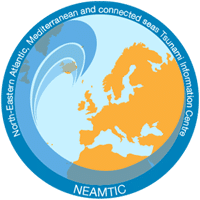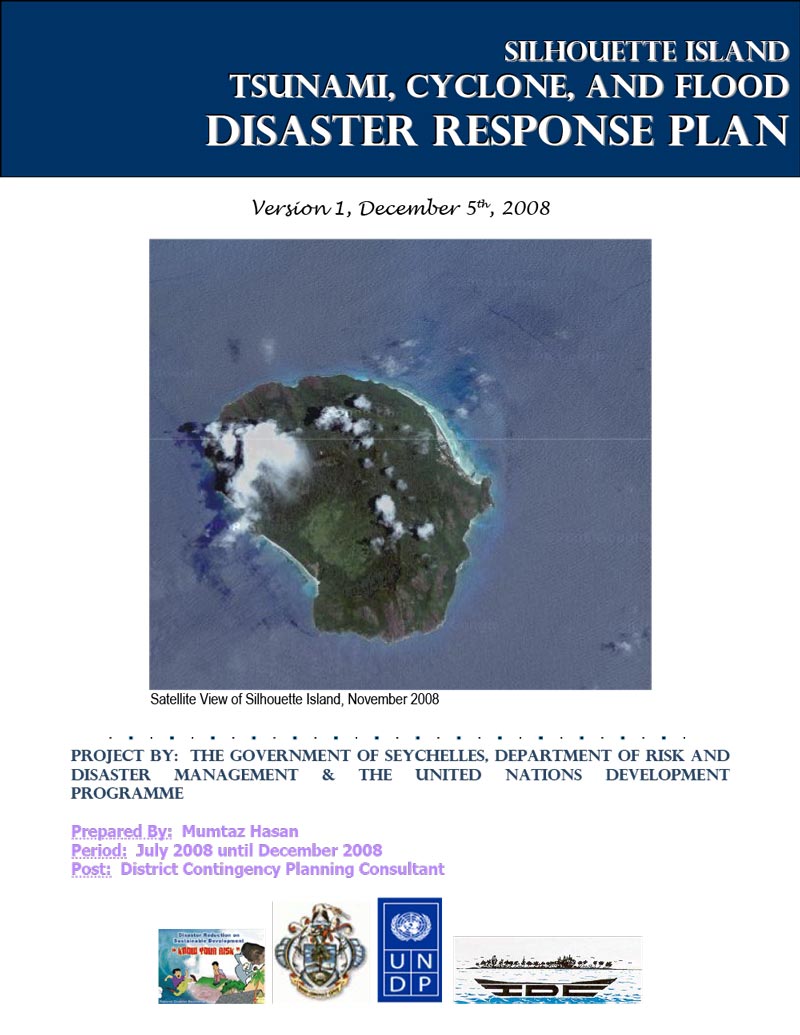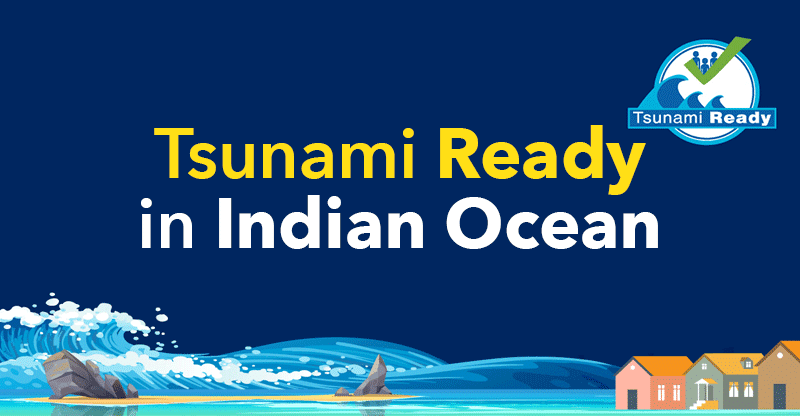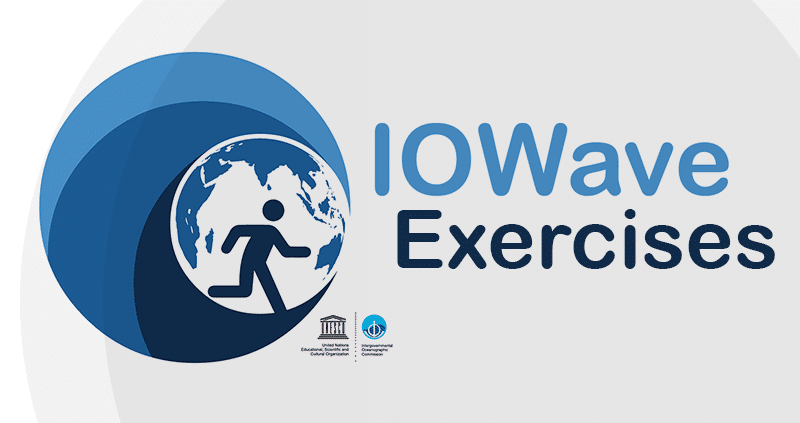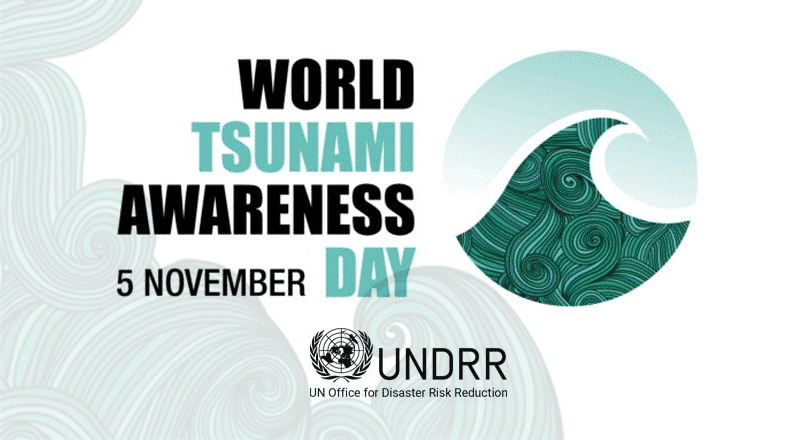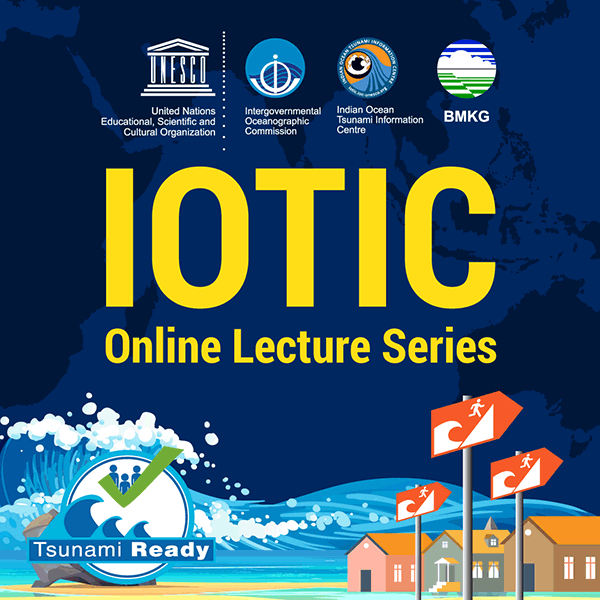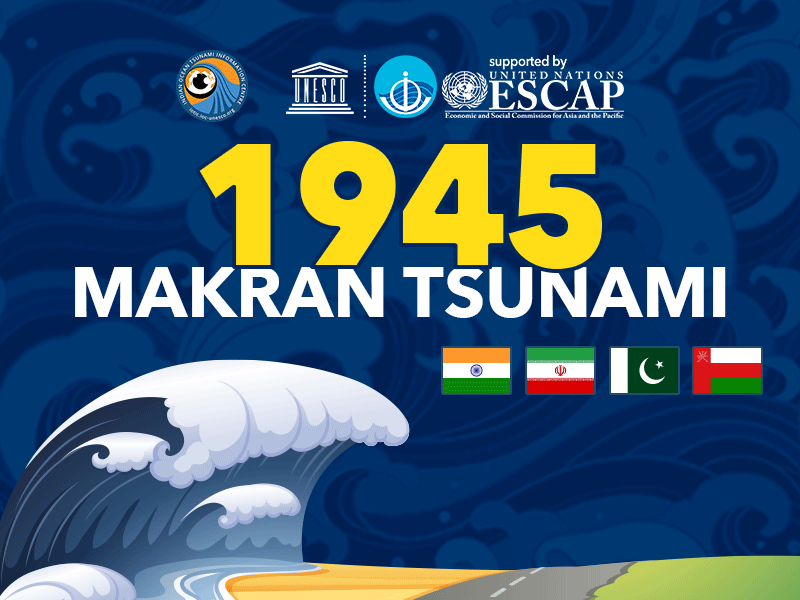The publication is the version I, December 5th, 2008. In this publication, you can find also: Silhouette Island School Emergency Procedures and Silhouette Island Terrain Map.
This Silhouette Island Tsunami, Cyclone, and Flood Disaster Response Plan is a joint initiative of the Department of Risk and Disaster Management (DRDM), Government of Seychelles and the United Nations Development Programme (UNDP) to strengthen community-based disaster preparedness and emergency response in Seychelles. Experience clearly indicates that effective humanitarian response at the onset of a crisis depends on the level of preparedness and planning of responding organizations as well as the capacities and resources available to them.
The community-based contingency planning process is an important component within the broader framework of emergency preparedness started in 2007 in Seychelles with the design of an early warning system, capacity assessment study, risk assessment study, national contingency plans, and public awareness campaigns to help the Government and people of Seychelles successfully handle disaster situations with a minimum loss of human life and financial infrastructure.
The Silhouette Island plan has been formulated under the district contingency planning process undertaken from July 2008 until December 2008. The design has been adapted from the standard format of the district plan to meet the unique needs of the island. A total of 26 community-based disaster response plans have been produced, 25 plans for each district, and additionally, 1 plan for Silhouette Island. This plan formalizes the contingency planning process specifically for disasters relating to tsunamis, cyclones, and floods given the historical occurrence of these in Seychelles and related risks associated with them
Last but not least, the plan has been written based on the current situation, disaster structure, and policy of the project time frame. As with all operational documents, with the evolution of time, it will have to be periodically updated to reflect overall changes in society and the working environment. A large part of the future success and effectiveness of this plan will rest largely on the enthusiastic contributory and ongoing participatory efforts of the users at the community level.




